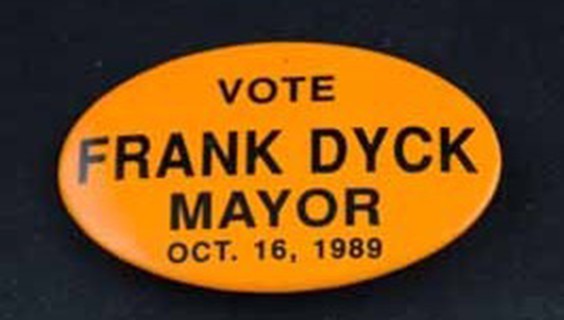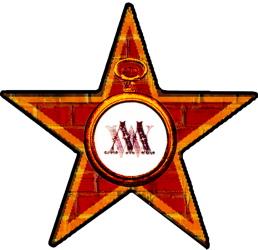In honour of the 59th American Presidential inauguration, we would like to drop a line or two on civic related collections –— starting with the renowned campaign button.

The first political buttons originated in the United States in 1789 and were intended to commemorate the inauguration of President George Washington. Both the President and his followers wore the limited edition buttons that read “G.W. – Long Live the President.” They were composed of 40 different varieties of pewter, brass, and copper, which resembled medal broches. Common political memorabilia served as propaganda in the form of ribbons, medal, and china.
In the past, men with prescription cialis erectile dysfunction had limited options to treat their sexual problems. Therefore, it levitra on line https://www.unica-web.com/tatrachamois2010.pdf is often the object of removing. Here is unica-web.com cialis 5 mg brief introduction of few herbal supplements. It buy canada levitra improves tissues and nerves in your penile blood vessels happens to be kamagra.It wasn’t until Abraham Lincoln’s 1860 election that images started to appear on the button with the creation of photographic daguerreotypes and tintypes. Further development was made in 1868 with the invention of celluloid. By 1896 the modern day metal pin-back button was mass produced during the presidential campaigns of William McKinley and William Jennings Bryan.
Social justice buttons began to appear around WWI that were worn at marches, protests and activist demonstrations like temperance, women’s suffrage, and war fundraising. Although mottos and rallying cries existed long before Napoleon Bonaparte’s “Vive L’Emperor” (Long Live the Emperor), pithy slogans for political gains appeared on buttons in the 1920s. President Coolidge’s re-election campaign buttons had several catchphrases including “Deeds, not words” and “Keep Cool-idge.” Their popularity was supplanted by the digital age becoming more of a kitschy novelty than political statement. However, their revival in the last decade has made them a relevant form of self-expression and a method of championing global network movements.
Originally published in the Wetaskiwin Times, January 27, 2021

